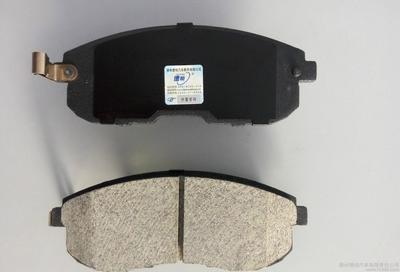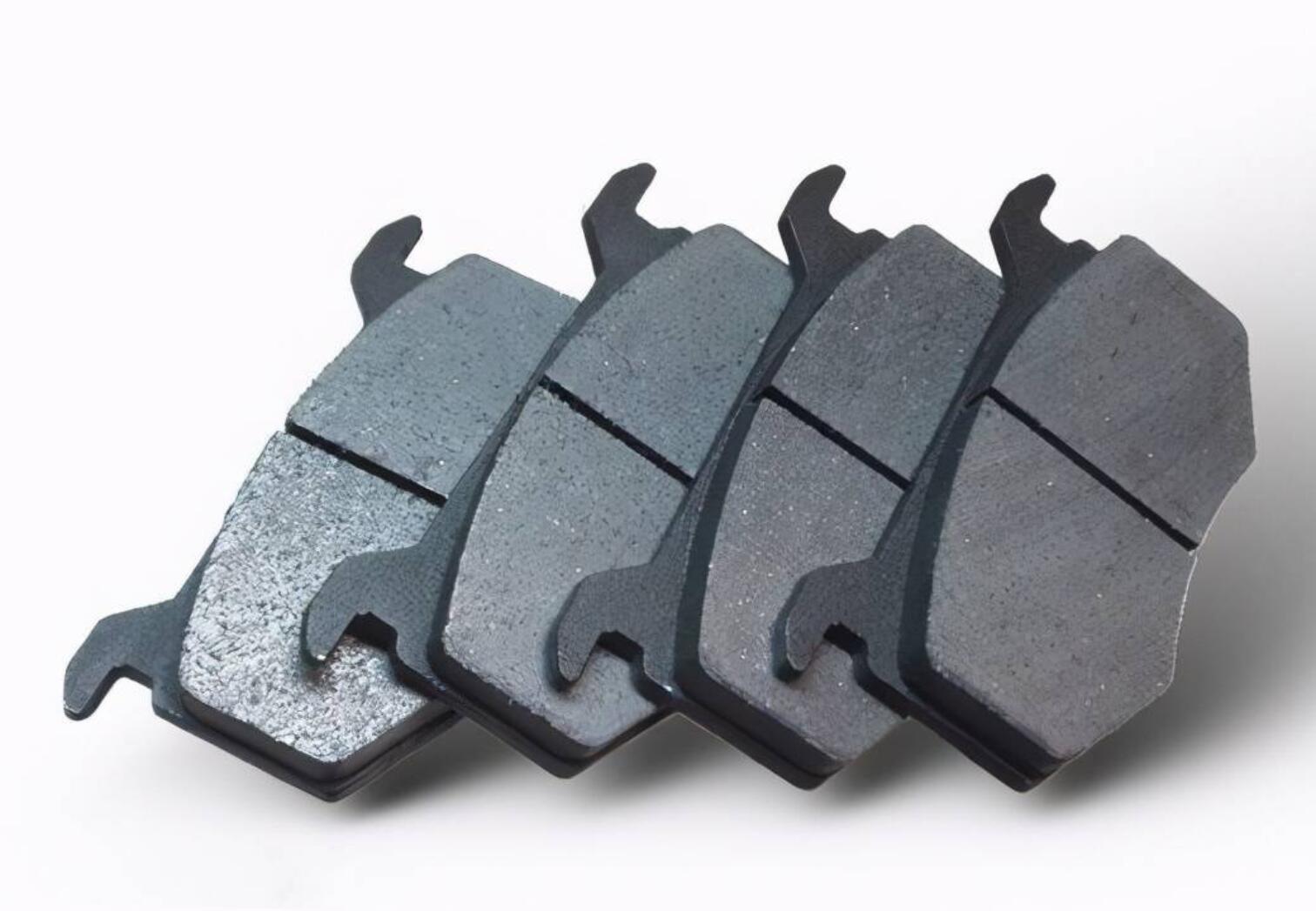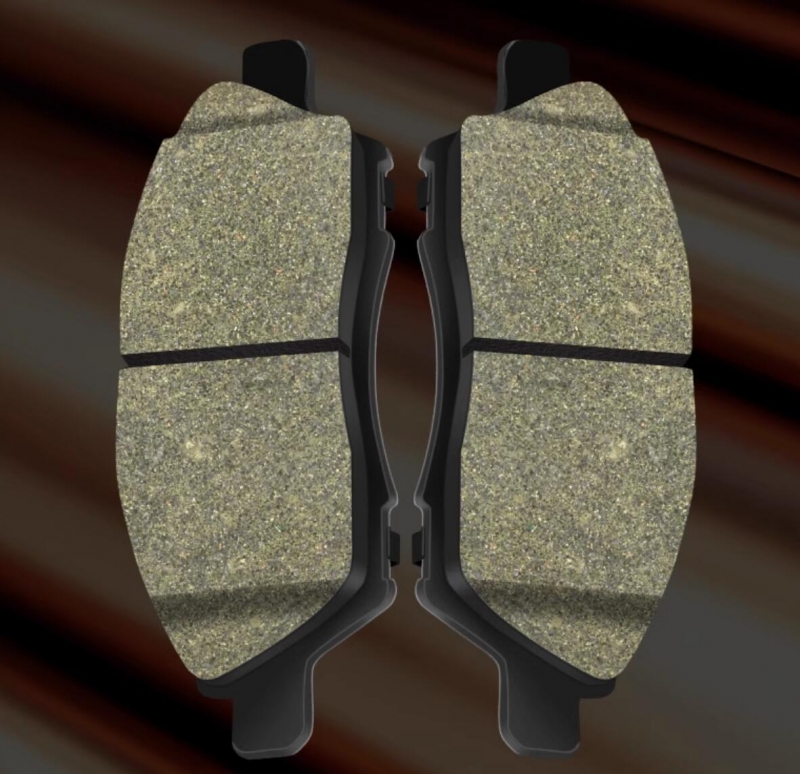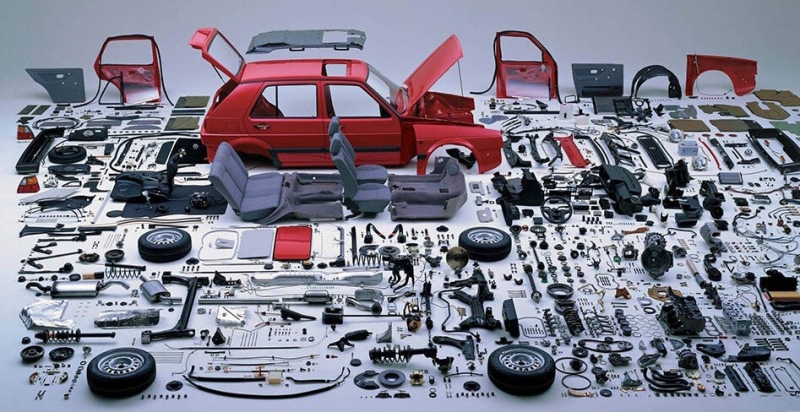How to Extend The Life of Your Cars Brakes?
Over time, brake pads will wear out. This is only natural. You must change them regularly. The exact frequency depends on your driving style and habits. For example, if you drive on the go a lot, your brake pads may wear out much faster than drivers who drive mainly on motorways or interstates.
Driver error: The most common cause of abnormally rapid brake wear is driver error. This is most evident in "two-footed" drivers, who use their right foot on the accelerator and their left foot on the brake. Such drivers tend to place their left foot gently on the brake pedal. It is understood that any pressure on the pedal will slightly engage the brake. Therefore, even a small amount of pressure on the corner of the pedal is enough to bring the brake pads into contact with the rotor while the vehicle is in motion.

Brake Pad
Corroded sliding pins: The caliper must always slide smoothly and evenly. If the sliding pins are corroded (most often in older cars or cars damaged by flooding), the calipers may not slide out evenly, leaving them slightly off-centre. This will keep part of the pad in contact with the rotor at all times and can lead to premature pad replacement.
Abnormally worn rotors: In a proper brake system, the rotor surface should be smooth and equal in thickness on both sides. However, if the rotors are damaged, worn, grooved, dented, burnt or show significant wear (and now need replacing), they can cause rapid pad wear. They can also cause problems such as cracked brake pads and odd wear (grooves).
A guide to prolonging brake life
Rotors should wear evenly. Rotor plates should wear at the same rate. If a plate is thin, the thermal and structural properties of the rotor will be affected.

Brake Pad
Always replace calipers in pairs. Failure to do so will result in unbalanced braking or pulling.
If the brake pads and rotors are wearing beyond the recommended level, check the caliper piston housing and piston. Once the piston has extended this far, it may not retract correctly.
Corrosion on the outside of the caliper will extend inwards into the holes of the guide pins and squeeze the bushings. It is recommended that the caliper be replaced.
Brake wear should be the same on both sides of the shaft.
Over time, the piston seal will lose its flexibility. This will not allow the piston to return to its resting position. This will cause brake drag and increase pad wear.
Adjust the parking brake according to the recommended OE procedure. Failure to do so may cause the brake pads to overheat.
Once the brake pad has been subjected to heat torture, it is done.
The piston dust shields and seals of all calipers should be checked for wear and damage. The piston dust shields may be punctured by road debris or improper installation. Perforations can allow moisture and other corrosive substances to enter the piston seal area, which can lead to seal damage.
Tapered pad wear is normal for some vehicles, particularly for the small rear floating caliper design used on the rear brakes. Check the wear specifications in the service information.
Some electronic brake distributors may wear at a faster rate than the normal rear brake pad wear rate. This is normal in some cases. The reason for this wear is because the rear brake is used to control dive. If the wear is greater than expected, check the TSB. often the OEM will issue new software for the hydraulic control module that solves the problem.
Need some help to repair or replace your brakes? Click here to contact us today!




 Send Email
Send Email 15019251525
15019251525